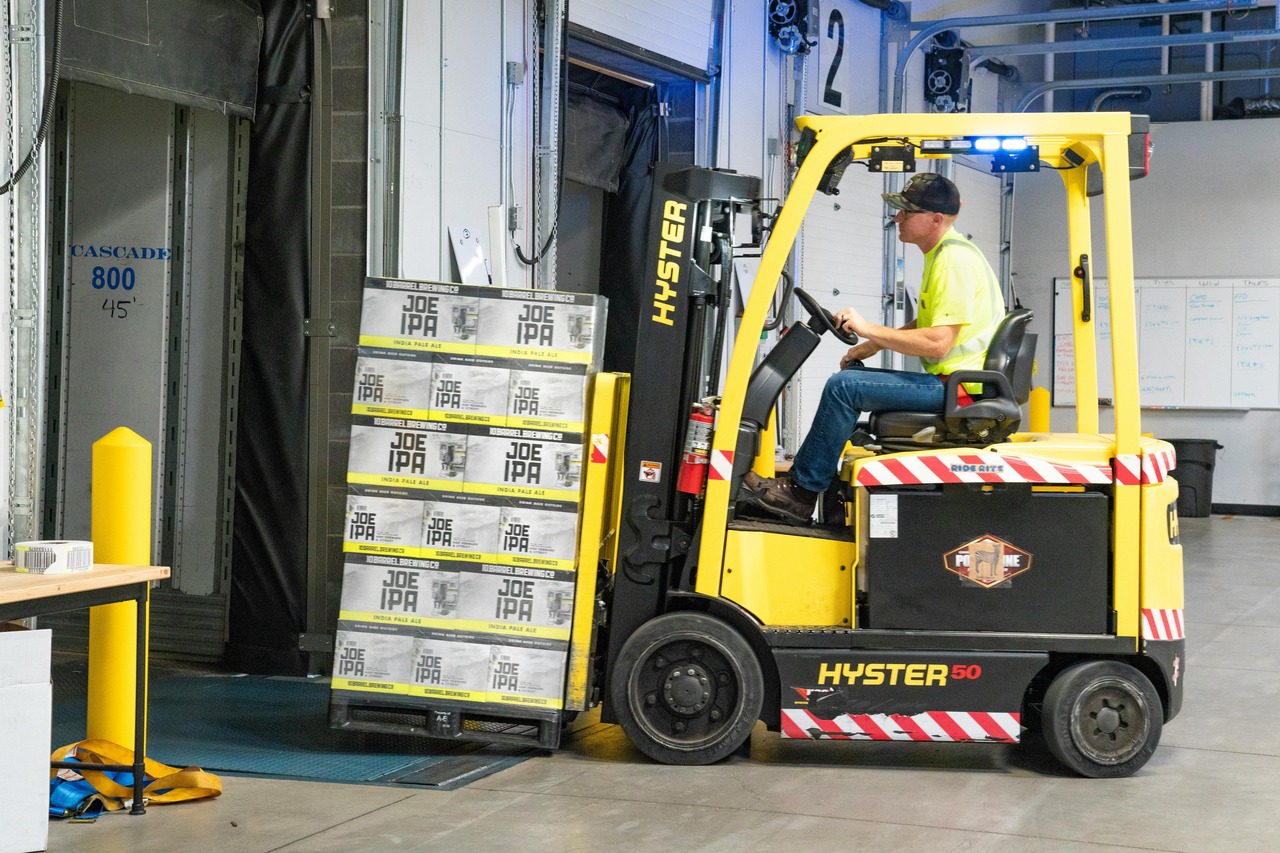As companies work to scale, the complexities of logistics and operations grow, particularly for perishable ecommerce brands.
Here’s a comprehensive guide for navigating peak season shipping, designed to address common pain points such as supply chain complexity, managing inventory and customer support.
Optimize inventory placement across facilities
Maintaining optimal inventory levels becomes increasingly complex as businesses scale, and it’s essential to distribute inventory effectively across fulfillment centers.
Do you expect more demand on the East Coast or West Coast? Forecast demand geographically to anticipate high-demand areas and allocate stock accordingly.
Placing inventory strategically ensures orders are fulfilled faster, minimizing both lost revenue from stockouts and the high logistics costs associated with cross-country shipping.
Test promotions and order systems in advance
It’s critical to ensure that promotional campaigns and operational workflows are tested thoroughly before major shopping days like Black Friday and Cyber Monday.
Conduct trial runs with sample orders to identify potential issues in checkout, promotion codes, and backend processes.
For example, if you create coupon codes, make sure they are working at checkout. If you are adding product promotions, make sure they are added appropriately to the cart and they are also flowing through to the order management system.
Uncovering these issues early helps prevent disruptions during peak periods, which could otherwise impact operational efficiency and customer satisfaction.
Collaborate with fulfillment partners for accurate forecasting
Working with fulfillment partners to provide accurate, up-to-date sales forecasts is essential.
Partners need these insights to manage inventory effectively and prevent stockouts or surplus inventory in any one location.
Brands without sophisticated forecasting tools should consider collaborating with third-party logistics (3PL) providers, like Grip, which offer inventory visibility, such as real-time insights into stock levels and the expected duration of current inventory at each facility.
Coordinate with carriers on holiday shipping schedules
Engage early with logistics companies and carriers to confirm their operating schedules, as peak season often includes reduced shipping windows.
For example, with a shorter period between Thanksgiving and Christmas this year, knowing which carriers operate pickups and deliveries on Sundays or during extended hours can make a difference.
Our CEO and co-founder Juan Meisel spoke to Retail Brew about how shipping companies are looking for ways to combat fewer delivery days this holiday season.
Providers like Grip can even help identify specific zip codes with Sunday delivery options, allowing you to offer customers extended service and minimize delays.
Implement real-time monitoring and customer communication
Real-time tracking tools enable businesses to monitor the status of each shipment, providing greater control and transparency.
With live performance tracking, you can quickly identify delays and proactively communicate them to customers, which is vital in managing customer expectations during peak season.
Keeping customers informed reduces the likelihood of frustration or churn, which is especially important as brand loyalty is a critical component of scaling successfully.
Final thoughts
Managing peak season shipping for perishable goods is especially challenging for companies aiming to scale rapidly.
Addressing logistics and operational complexities with strategic inventory placement, system testing, data-driven forecasting, and robust technology infrastructure allows businesses to optimize both efficiency and customer satisfaction.
Proactive planning and monitoring enhance customer trust, supporting sustainable growth.
To hear how Grip can help your perishable eCommerce brand, please get in touch by reaching out to partnerships@gripshipping.com

